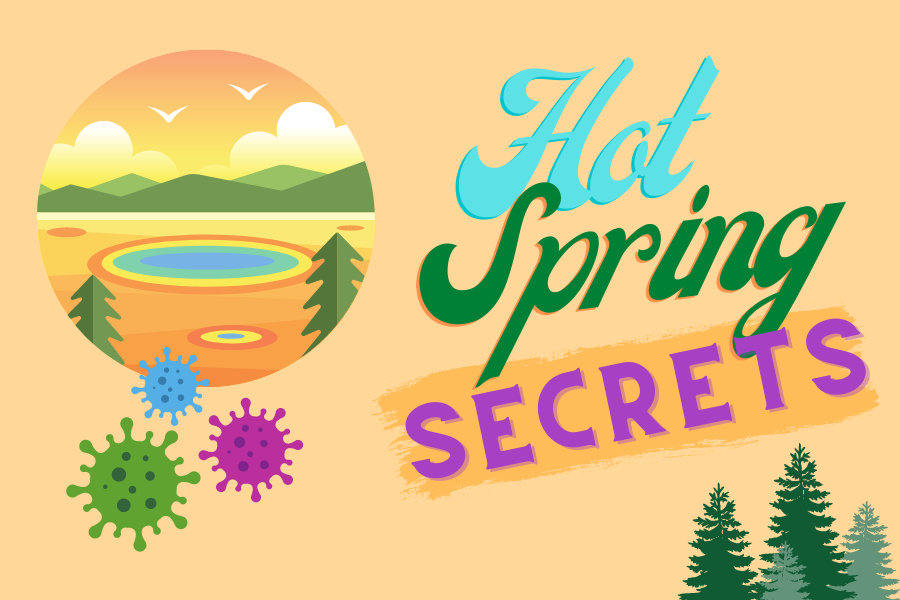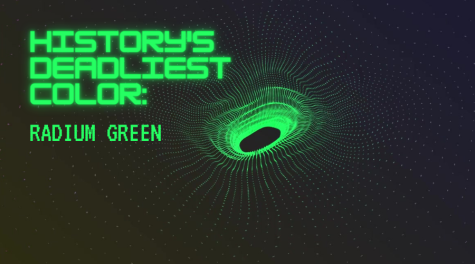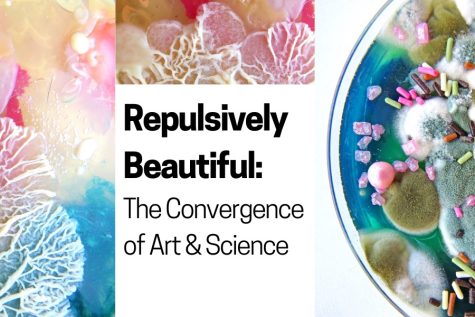Hot Spring Secrets
It’s not hard to find natural wonders within Yellowstone National Park, but the park’s largest hot spring might be the most remarkable—and not just for its size. The spring radiates extremely hot water and stunning prismatic color from its center.
Don’t adjust your color settings—the Grand Prismatic Spring really is rainbow-colored! The spring was first officially named by the Hayden Expedition in 1871.
But what is the cause of this vibrant and flamboyant body of water? It’s all thanks to the heat-loving bacteria that call the spring “home”.
Cracks in the Earth’s surface allow heated water to emerge, forming hot springs. The water in the spring’s center, which bubbles up from chambers 121 feet underground, can reach temperatures of around 189 degrees Fahrenheit, making it too hot for most organisms to survive. Because of this, the water looks incredibly clear and has a hypnotizing deep-blue color.
As the water spreads out and cools, huge rings of varying temperatures are created. Consequently, different kinds of bacteria can inhabit these very different environments. More importantly, it’s these bacteria that give the spring its wonderful colors.
Cyanobacteria, which obtain energy through photosynthesis, are the type of bacteria that inhabit these waters. In the yellow band of the hot spring, you can find a type of cyanobacteria called Synechococcus. The temperature of that water is just cool enough to be habitable for them, at around 167 degrees Fahrenheit. However, they face a problem: the area is devoid of trees, meaning constant light. There’s no escaping the sun, and at the high elevation of Yellowstone, the ultraviolet light from the sun’s rays becomes extremely harsh.
Despite these difficult conditions, Synechococcus manage to survive through the use of their photosynthetic pigments. The primary pigment for photosynthesis is chlorophyll, which we see as green. But chlorophyll levels can, at times, be surpassed by other pigments known as carotenoids. Carotenoids are red, orange, or yellow; the yellow of Synechococcus is the same pigment (beta-Carotene) that in high concentrations makes the orange we see in carrots.
Synechococcus cells are protected from ultraviolet rays by these carotenoids, which capture and transmit light energy to chlorophyll pigments that convert it into chemical energy. Consequently, the Synechococcus living in the yellow temperature band produce more carotenoids than they would if they lived under optimal conditions (like in the outer rings), giving them their yellow color.
Because Synechococcus’ color is so dependent on sunlight, it means that in the winter, when the sun is less harsh, the bacteria produce fewer carotenoids. Thus, they appear blue-green, rather than yellow.
In Yellowstone, you can view the Grand Prismatic Spring at Midway Geyser Basin. It is a truly spectacular experience to walk alongside the hot spring and view the bacteria-produced colors.
Citations:
Maoka, Takashi. “Carotenoids as Natural Functional Pigments.” Journal of Natural Medicines, Springer Singapore, Jan. 2020, https://www.ncbi.nlm.nih.gov/pmc/articles/PMC6949322/#:~:text=Carotenoids%20are%20tetraterpene%20pigments%2C%20which,algae%2C%20plants%2C%20and%20animals.
“Hot Springs.” National Parks Service, U.S. Department of the Interior, https://www.nps.gov/yell/learn/nature/hot-springs.htm#:~:text=Hot%20Springs%20Colors,appear%20as%20masses%20of%20color.
Szalay, Jessie. “What Are Carotenoids?” LiveScience, Purch, 8 Dec. 2021, https://www.livescience.com/52487-carotenoids.html.
Taylor, Ashley P. “What Makes Yellowstone’s Hot Springs so Colorful?” LiveScience, Purch, 1 Aug. 2016, https://www.livescience.com/55605-what-makes-yellowstone-hot-springs-colorful.html.








